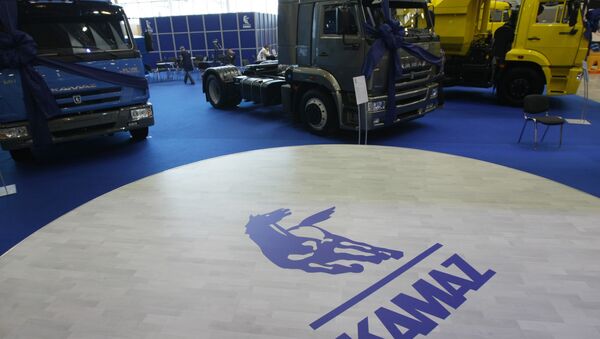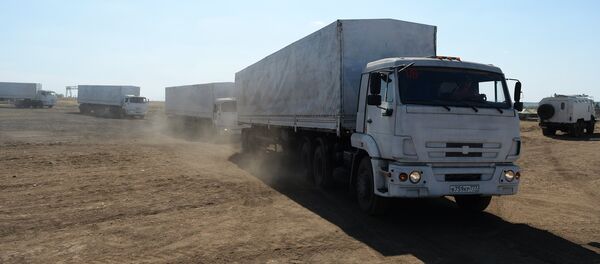Uskova explains that "the first tests will be carried out in Moscow at the Ministry of Emergency Situations' testing ground," noting that "the first prototype [will be created] in July." The tech company head notes that limited testing is already underway.
Sergei Nazarenko, Chief Designer of KamAZ's Innovative Products Division, added that testing in Moscow will include "a number of scenarios, including remote control and fully autonomous movement." In an interview for the company's corporate newspaper 'Vesti KamAZa', Nazarenko noted that testing in Moscow will feature a driver placed in the cab, "in case of any emergency situations during the testing."
Uskova notes that following testing in Moscow, the company has ambitious plans to carry out testing in Tatarstan, Dagestan and Chechnya, in a wide variety of environments, including steppe and mountainous terrain.
The total estimated cost of the project, including the vehicle itself, production facilities and the testing grounds, is estimated at 16-18 billion rubles (about 264-297.5 million dollars US). The project envisions the provision of both government and private investment into the project along a 70/30 split, but notes that the share of private investment funds may grow if it becomes difficult for the government to meet its obligation.
In all, the extensive testing and subsequent improvements to the vehicle is expected to take place over the course of four years. Uskova hopes that the vehicle will be ready for exploitation by 2019.
Nazarenko believes that it will take several more years for the company to be able to release a vehicle capable of operating more safely than a human driver on public roads. He notes that "with regard to mass production, our goal is to make the vehicle cost a maximum of twice the price of a normal truck." Currently, the average price for a KamAZ truck ranges from 2.5 to 3 million rubles (about 41 to 49 thousand US dollars).
Creative Technologies has been working on optical recognition systems since 1998 and opened a laboratory for the development of a driverless car in 2012. It has previously developed multiple systems for optical character recognition (OCR) and intelligent character recognition (IСR) for government and private clients.




